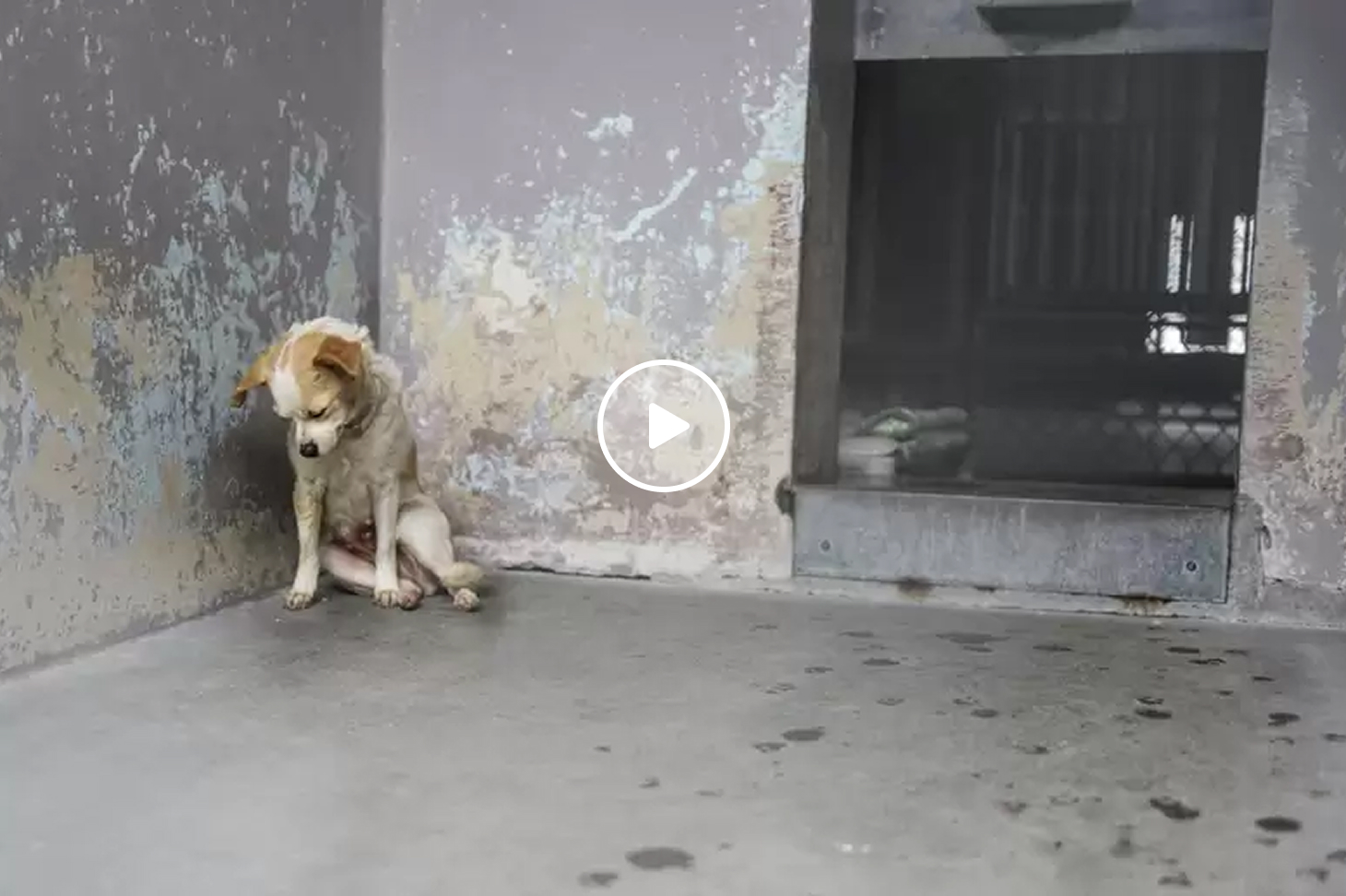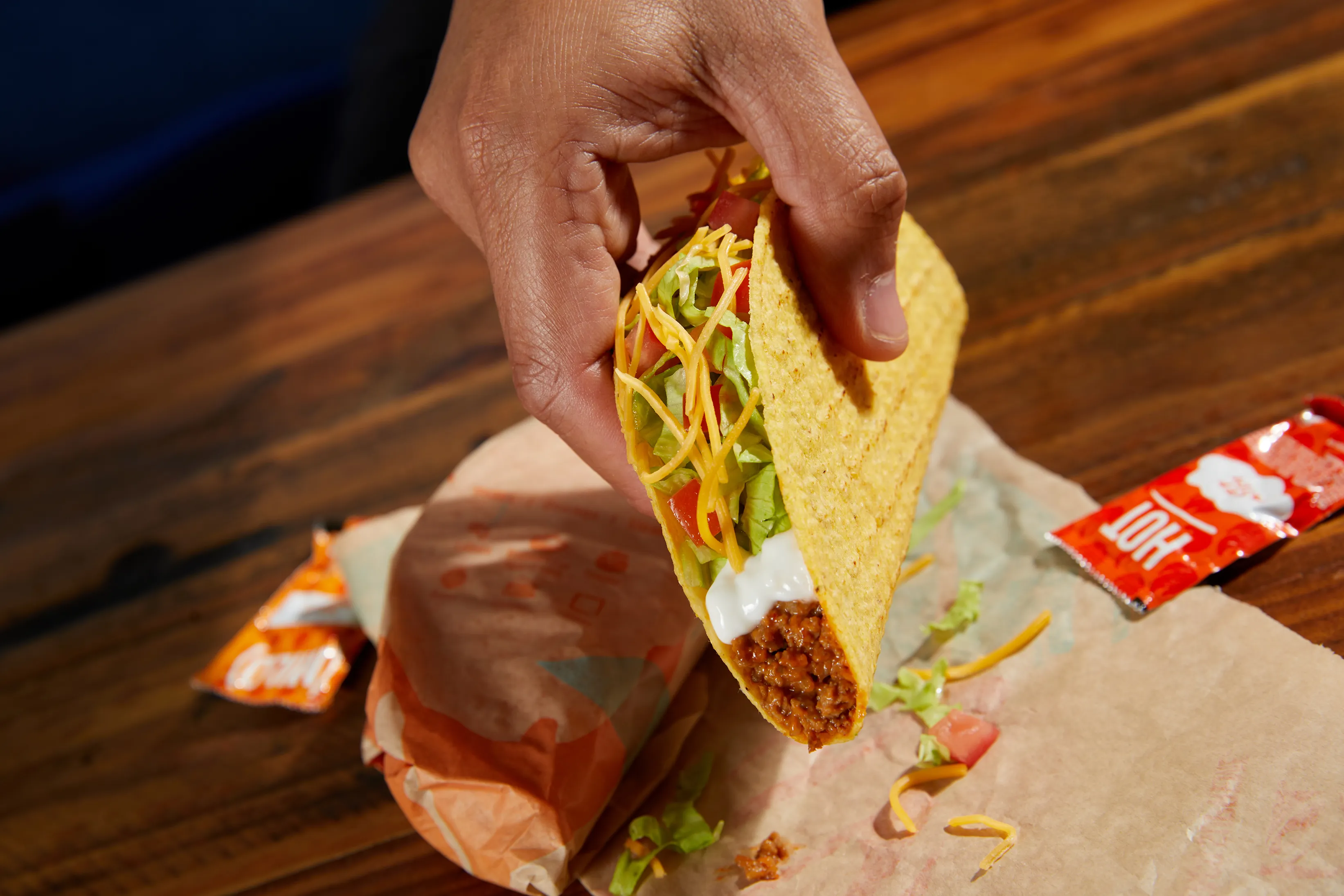From overwhelmed to empowered: UX Design for a better cause
Role: Sr. UX/UI Designer
UX Design
AI-Integration
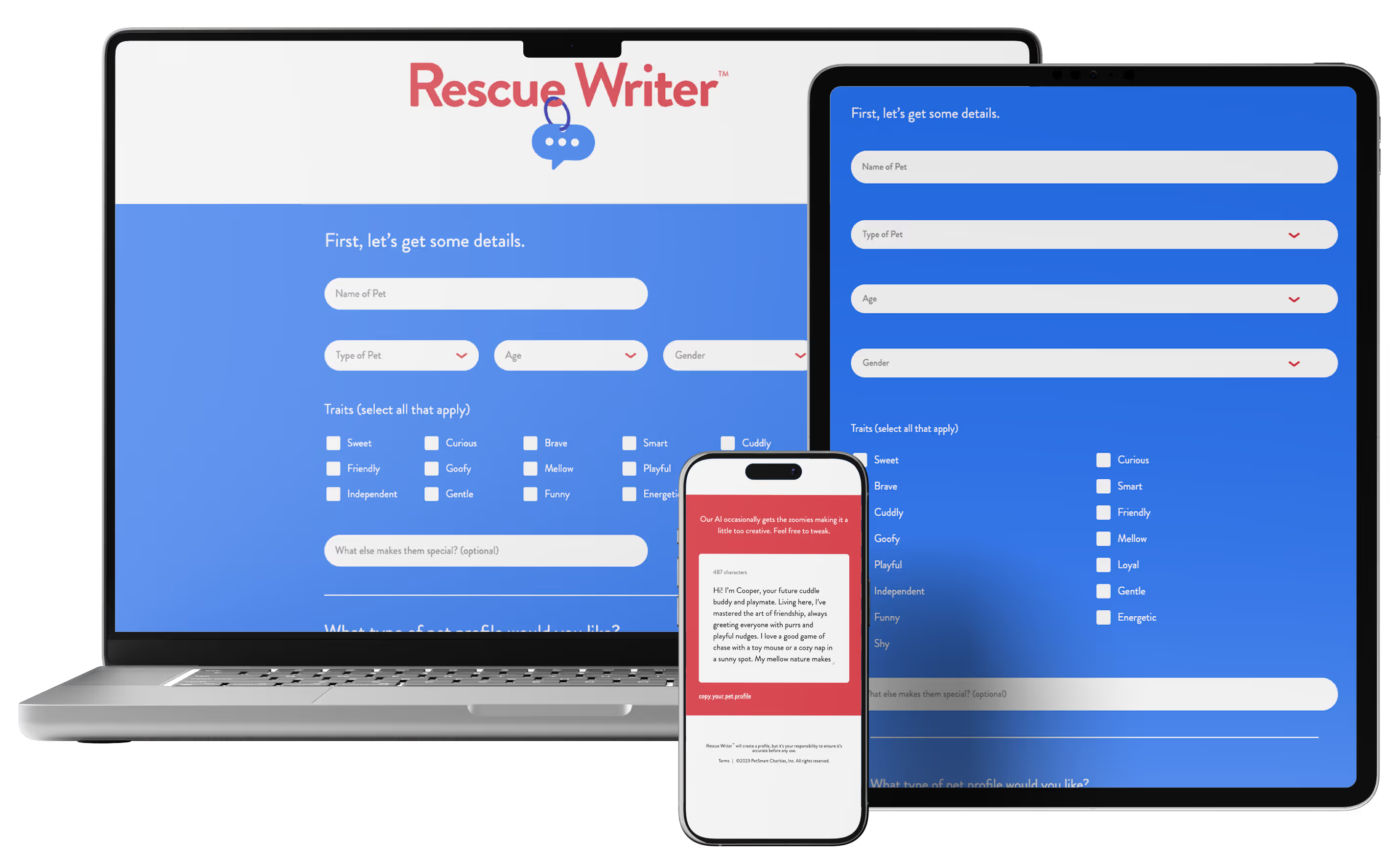
Every year 6.5 million animals end up in shelters across America.
Less than half get adopted.
Animals with bios are 10X more likely to get adopted than those without.
Every year 6.5 million animals end up in shelters across America.
Less than half get adopted.
Animals with bios are 10X more likely to get adopted than those without.
That's where AI can help
As Sr. UX/UI Designer, I was tasked with constructing a simple and direct interface for a groundbreaking innovation.
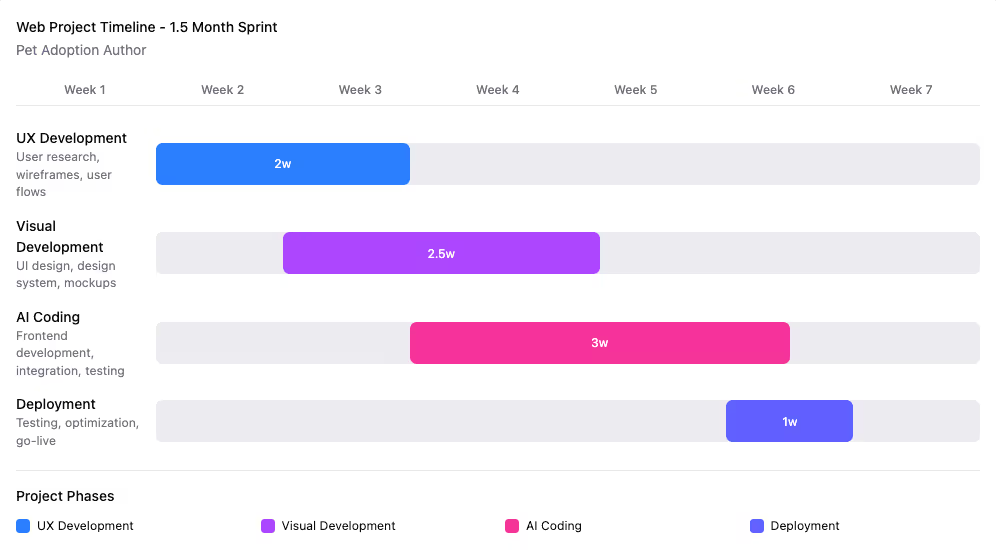
Challenge
With a tight timeline and low budget we had only a matter of weeks to pull it off.
We had only 6 weeks total to conceive of, design, code and deploy the product which meant that we had to be agile and move fast. UX research had to be done in a matter of days instead of weeks and we had no time for dead ends.
Seek first to understand...
I conducted research into the emotional needs of the target user.
Who is it for?
• This tool's primary audience is shelter staff.
• Shelters are primarily staffed by volunteers which means they are emotionally invested in being there.
• Shelters are typically under-funded non-profits with outdated hardware
• Shelters are primarily staffed by volunteers which means they are emotionally invested in being there.
• Shelters are typically under-funded non-profits with outdated hardware
Where are they, emotionally?
• Most shelter staff are not being paid to be there or if they are, it's not very much which means they are emotionally invested in the well-being of the animals .
• They likely feel ill-equipped to help with regards to the creativity it takes to come up with engaging bios for hundreds of pets.
• They likely feel ill-equipped to help with regards to the creativity it takes to come up with engaging bios for hundreds of pets.
What do they need?
• Shelter staff face a number of hurdles on a daily basis including exposure to suffering and trauma.
•In addition to physical challenges, they face operational and logistical challenges like understaffing and limited resources.
• They need something to make their life just a little bit easier.
•In addition to physical challenges, they face operational and logistical challenges like understaffing and limited resources.
• They need something to make their life just a little bit easier.
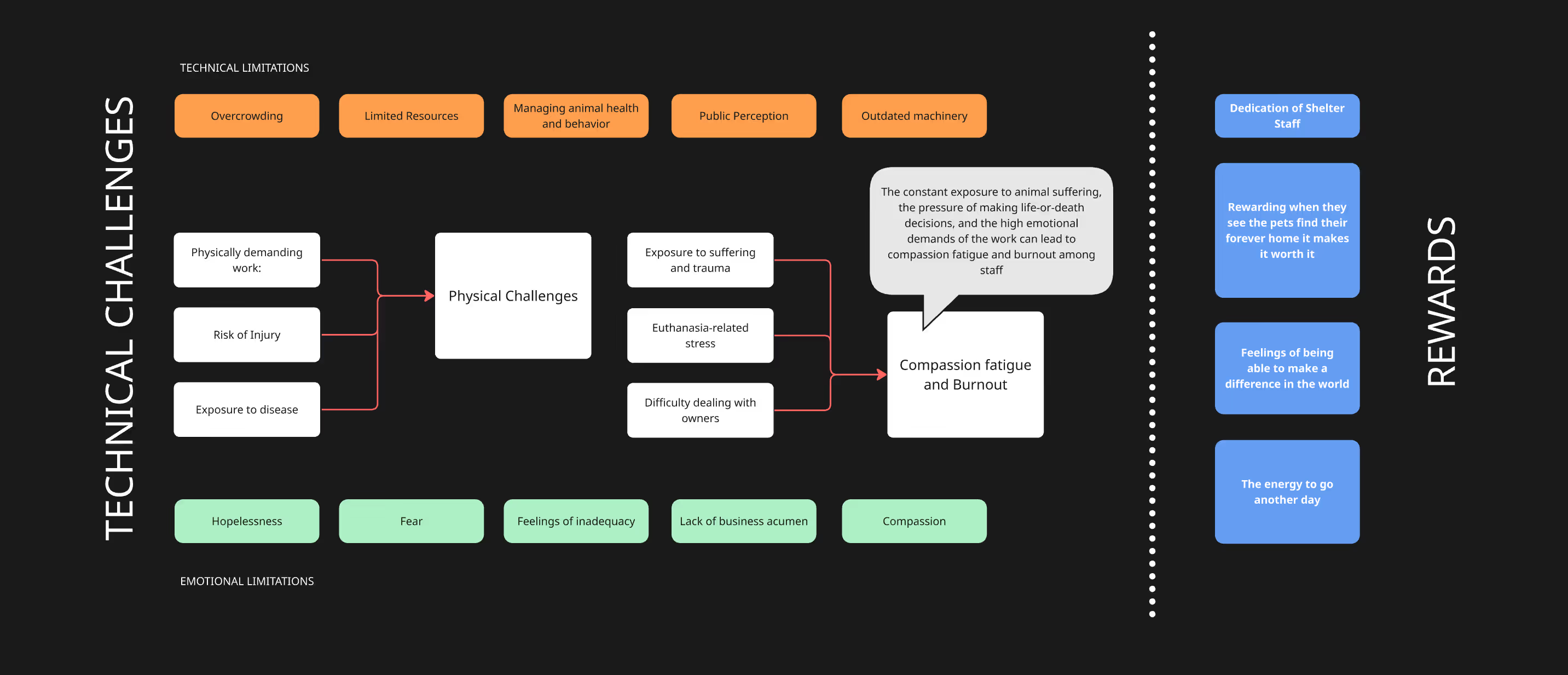
Distilling the research down to 3 principles
SIMPLICITY
The job was to make an experience that was dead simple to use and would take less than 1 minute to go through.
MOBILE–FIRST
The experience had to work on any device - especially smaller screens or outdated monitors as shelters do not have up-to-date hardware.
MAXIMIZED OUTPUT
To ensure success, people needed to get what they need from as little input as possible - which meant little to no typing.
Sometimes the best interfaces are the simplest ones.
I chose to limit the user’s choices and rely as little on typing as possible, preferring checkboxes and dropdowns so that overworked shelter staff do not have to labor over anything. I designed the web app to function entirely on a tablet or smaller-screened computers.
It had to adopt the established look and feel of PetSmart’s digital styleguide
It had to adopt the established look and feel of PetSmart’s digital styleguide
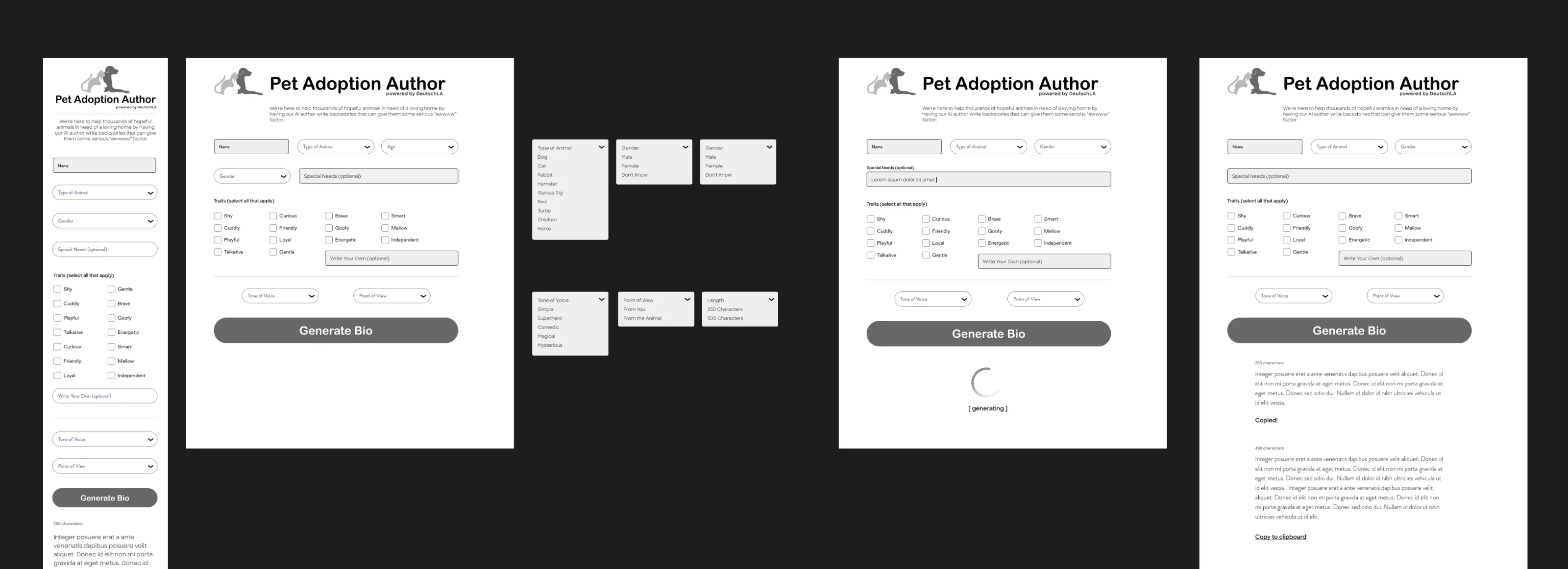
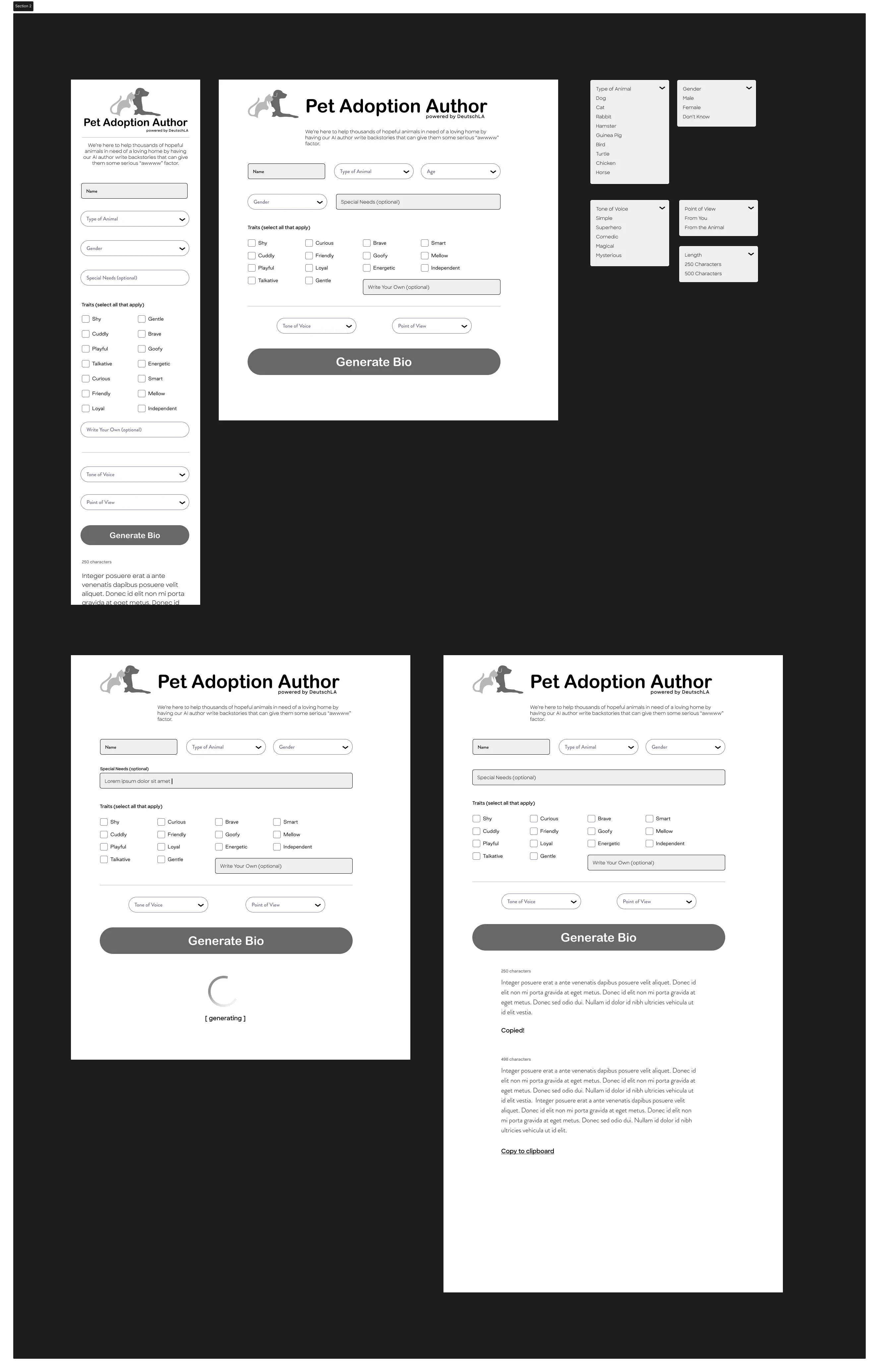
Efficiency through a unified design system
We used a unified design system to speed up UI design with a clear and concise framework that fits within PetSmart's design system
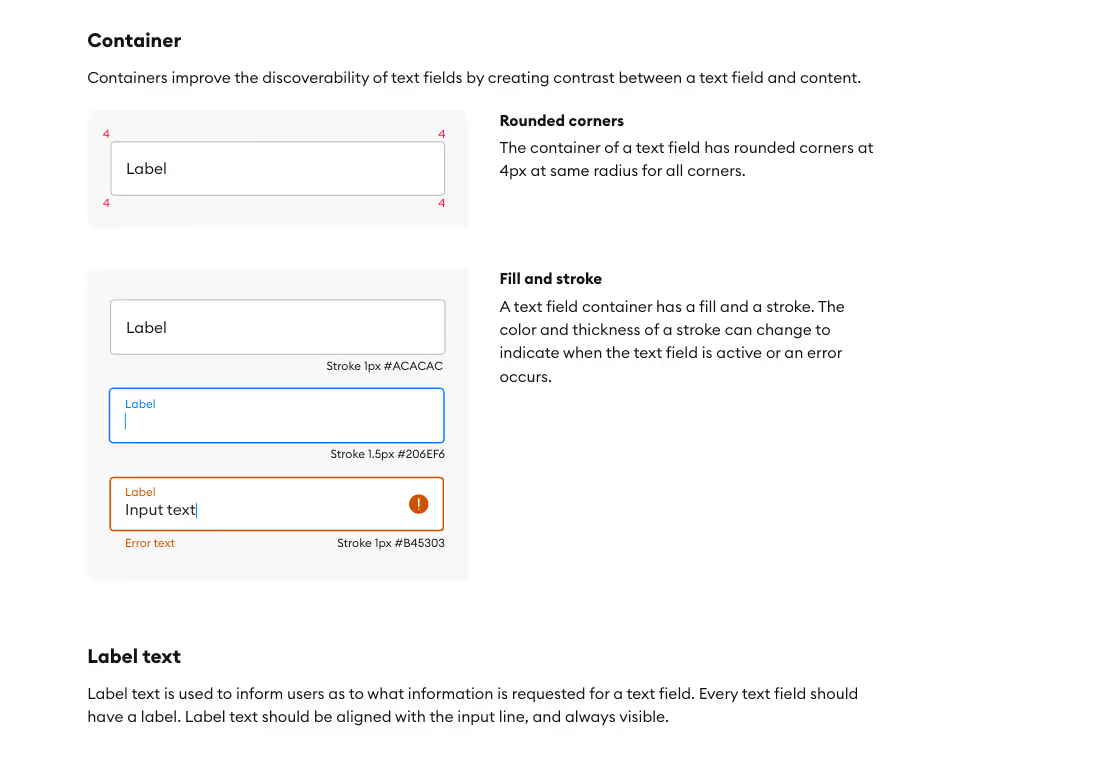

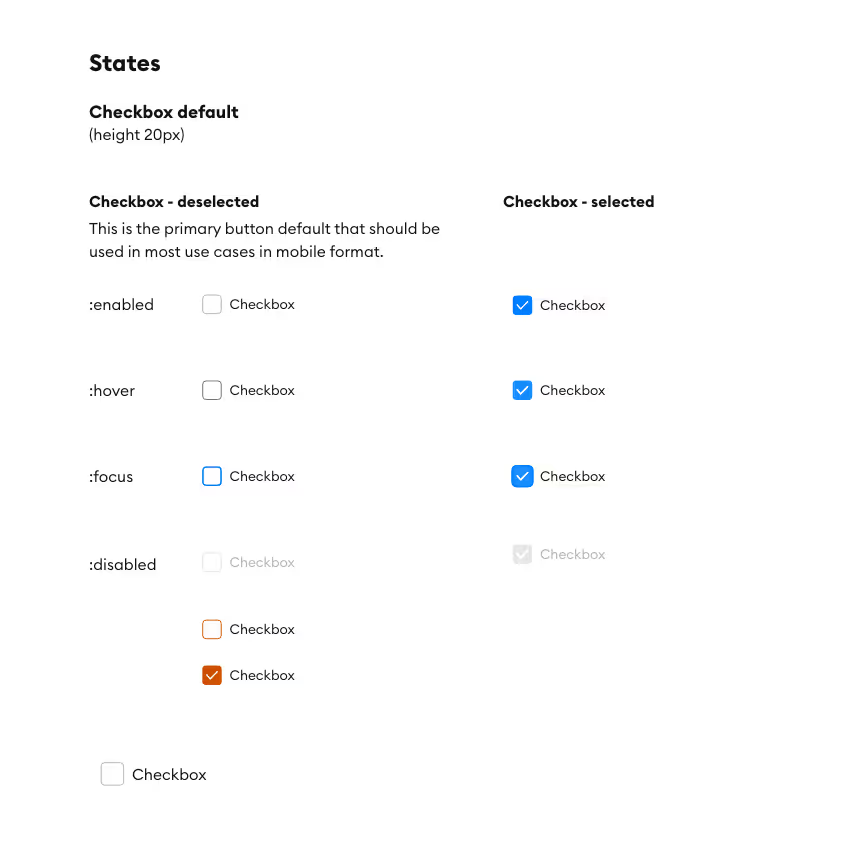
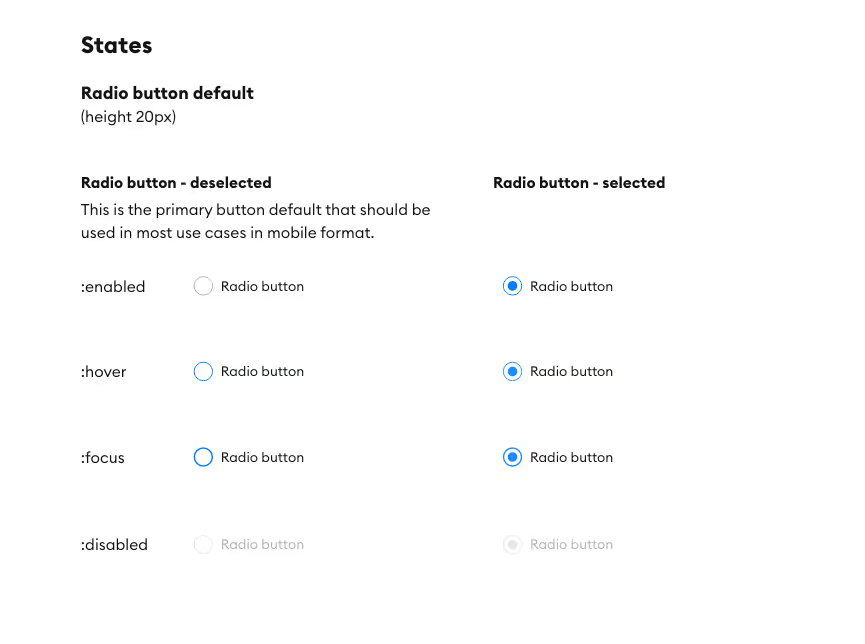
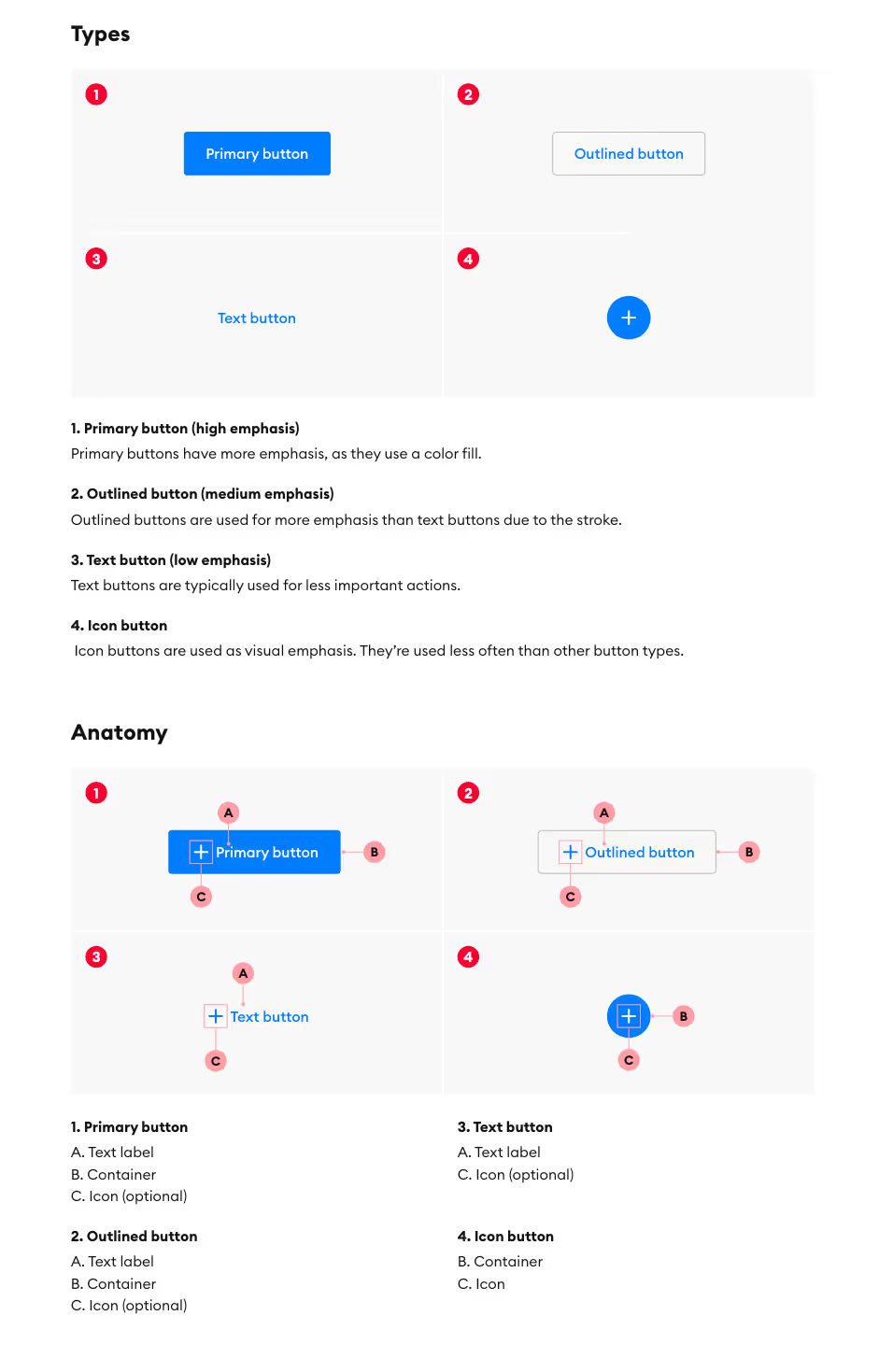
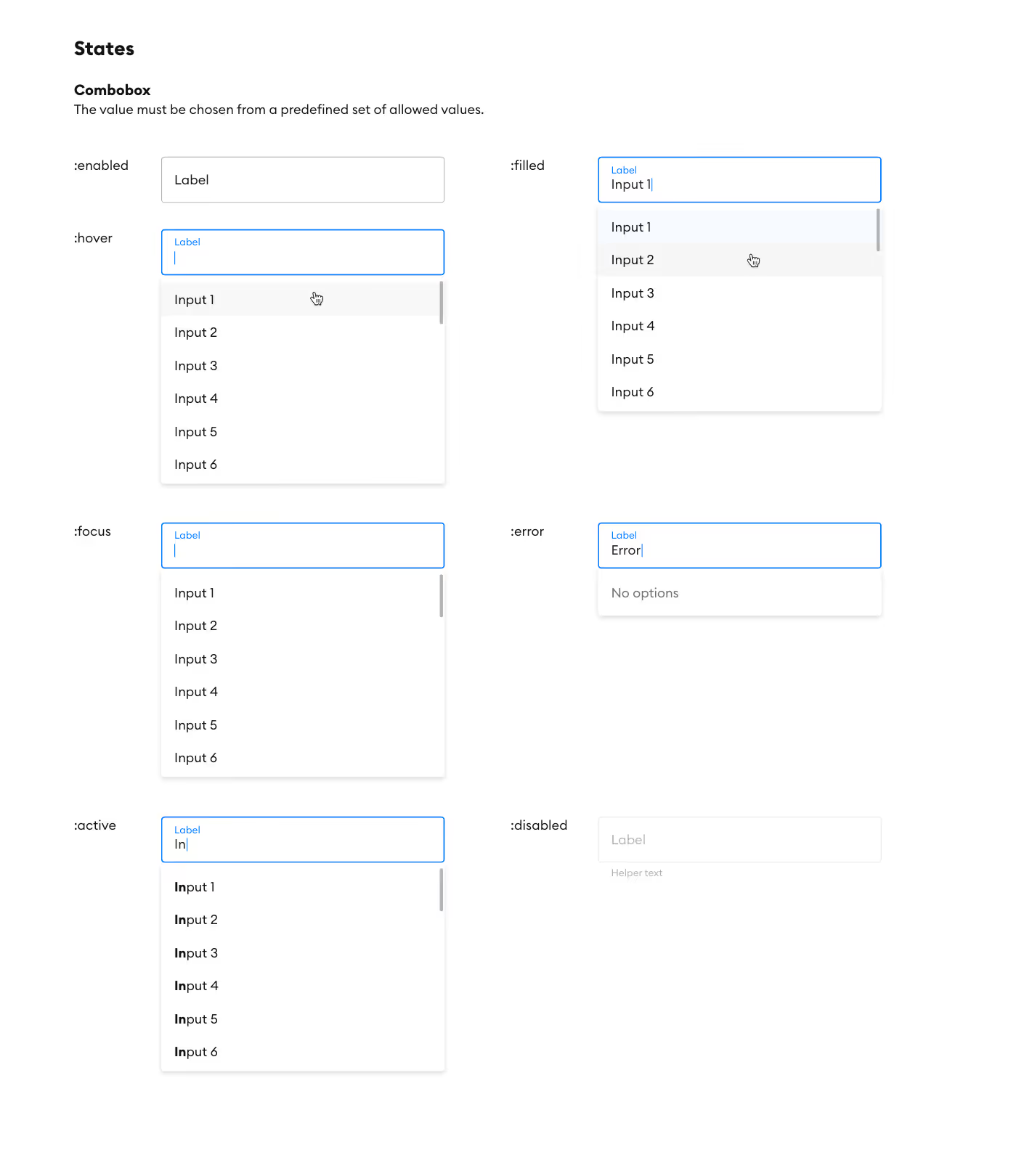
AI Engine
The secret lay in the prompt-writing which focused more on what NOT to say than what TO say. After several iterations of AI tweaking, it was finally ready for prime time. I cannot paste the the prompting here as it is proprietary.
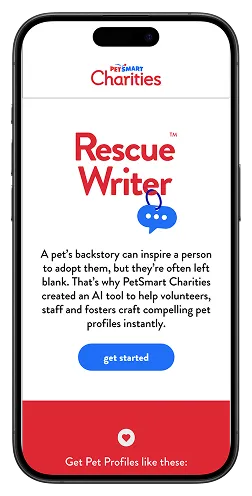

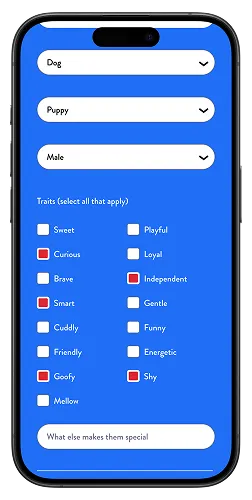
Awards
Its design and innovation won it a number of awards and was a finalist for others including AICP, ThinkLA, and One Show.

Clio

Webby

ADC

Jay Chiat

Anthem

Anthem

Effie
Press
Being the first of its kind came with a plethora of press across the nation.
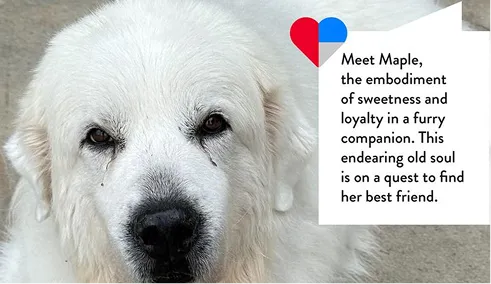
“Deutsch LA’s New AI Tool Writes Bios for Pets In Need of Adoption”
AdAge
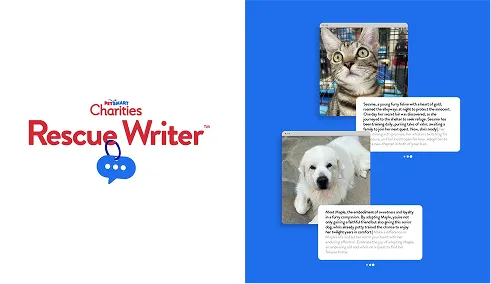
“Deutsch LA wins Clio for ‘Best Use of Data’”
Clio Awards
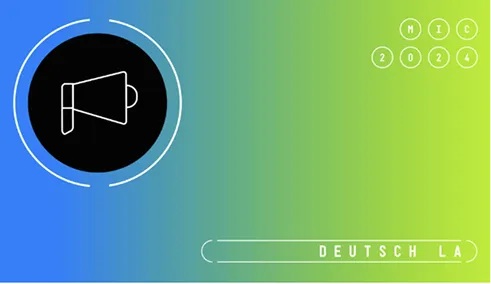
“This LA Agency used AI To Make Snapple Flip Its Lid”
Fast Company
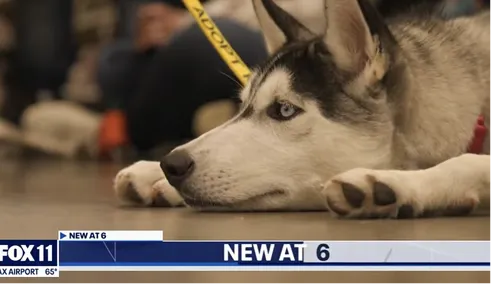
“Artificial Intelligence helping write pet bios to spur adoptions”
Fox11 News

“12 ad agencies using generative AI to create innovative campaigns for brands like Coca-Cola and Coach”
Business Insider
